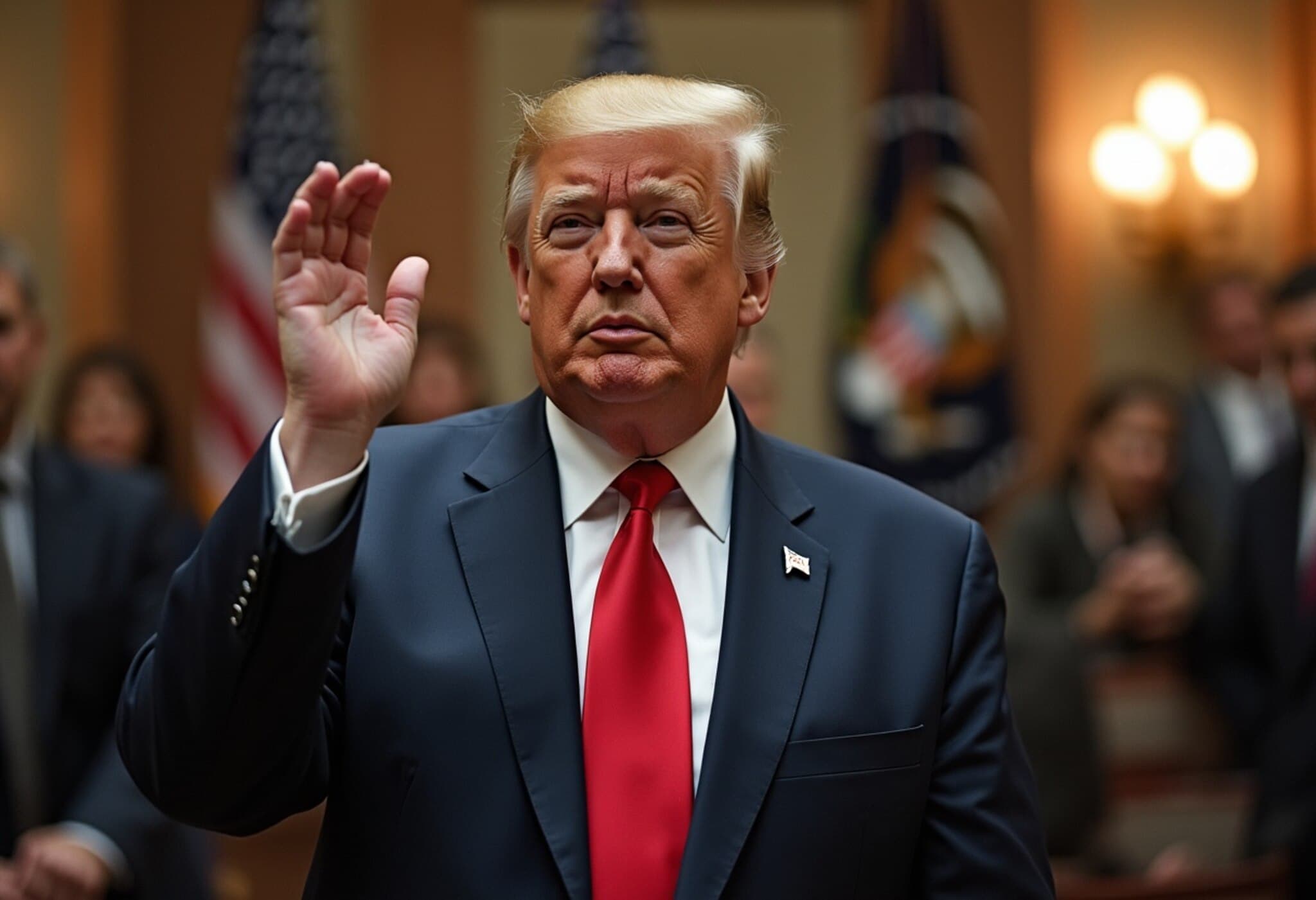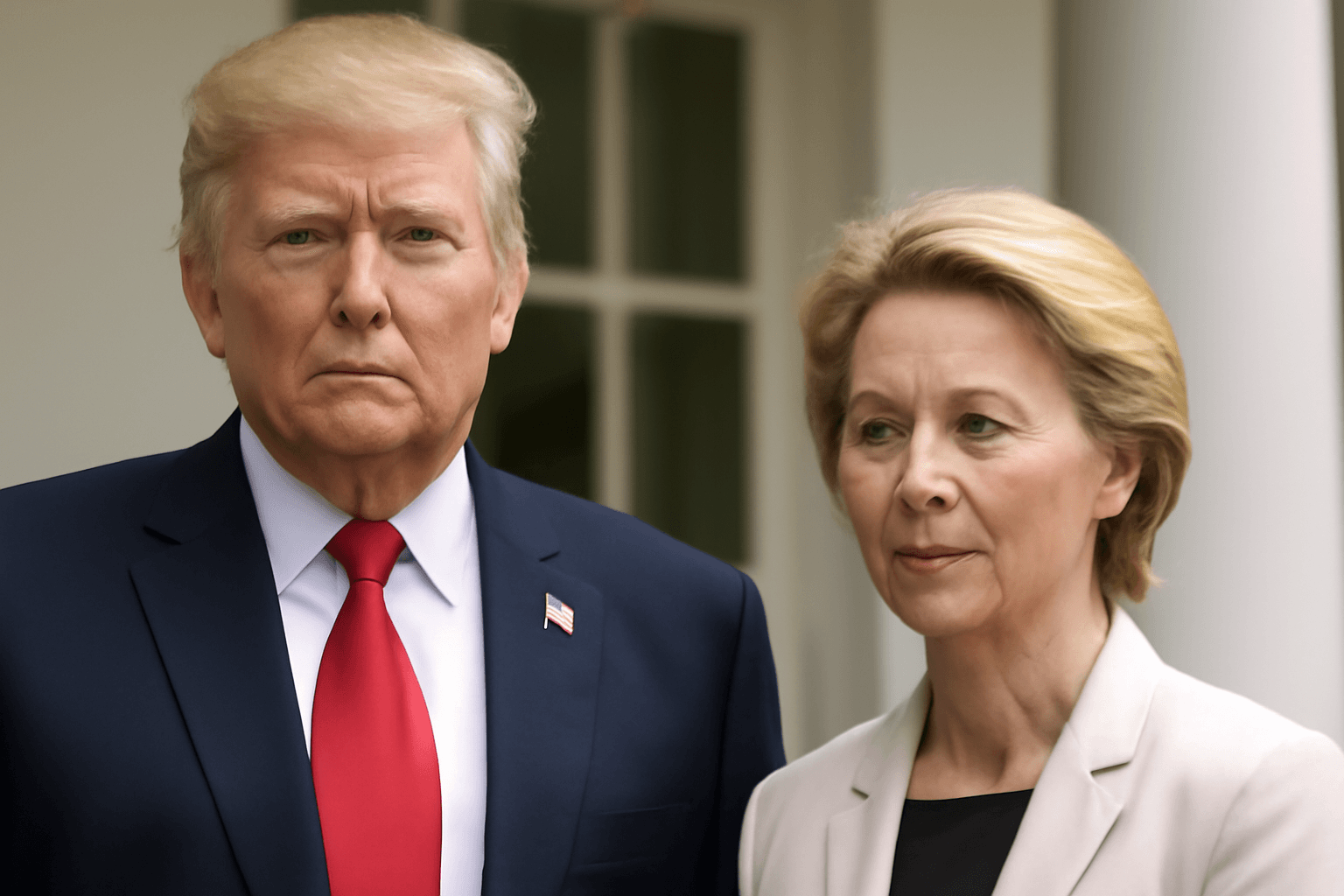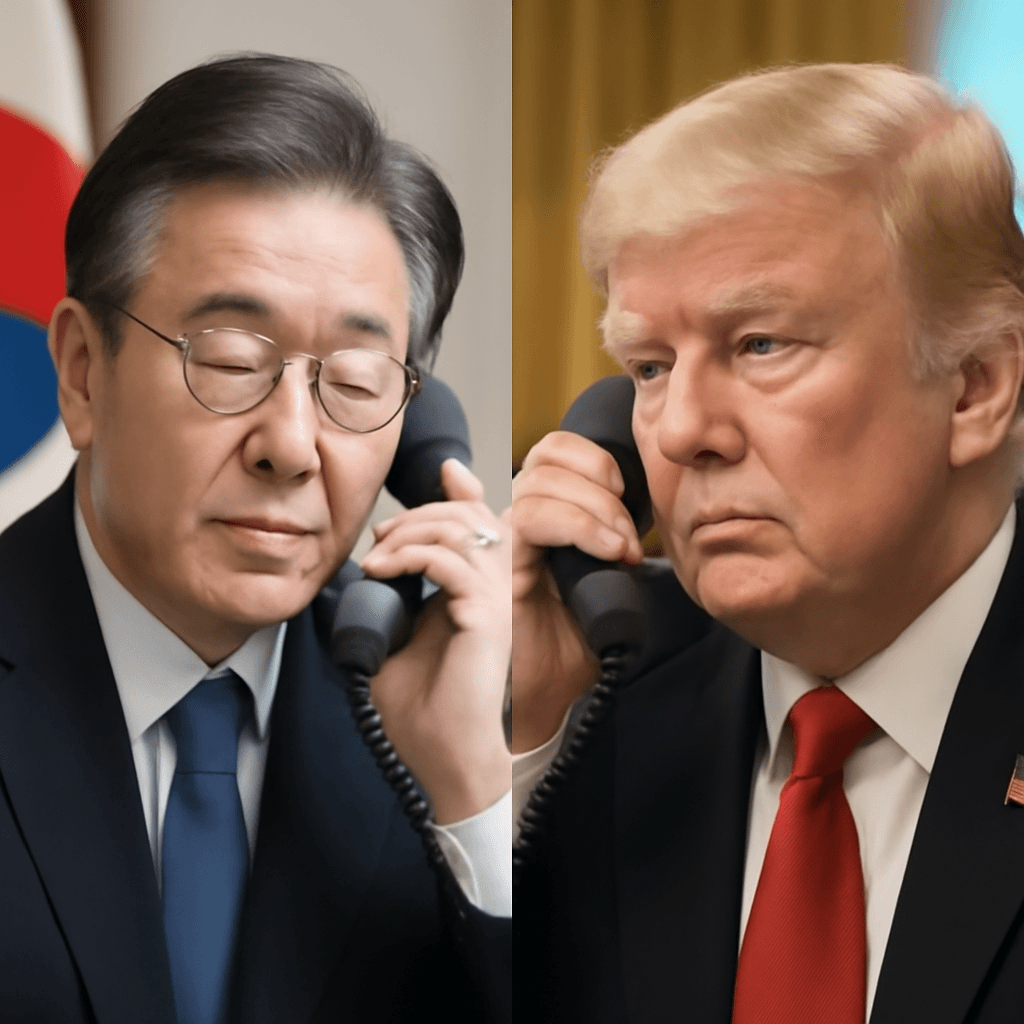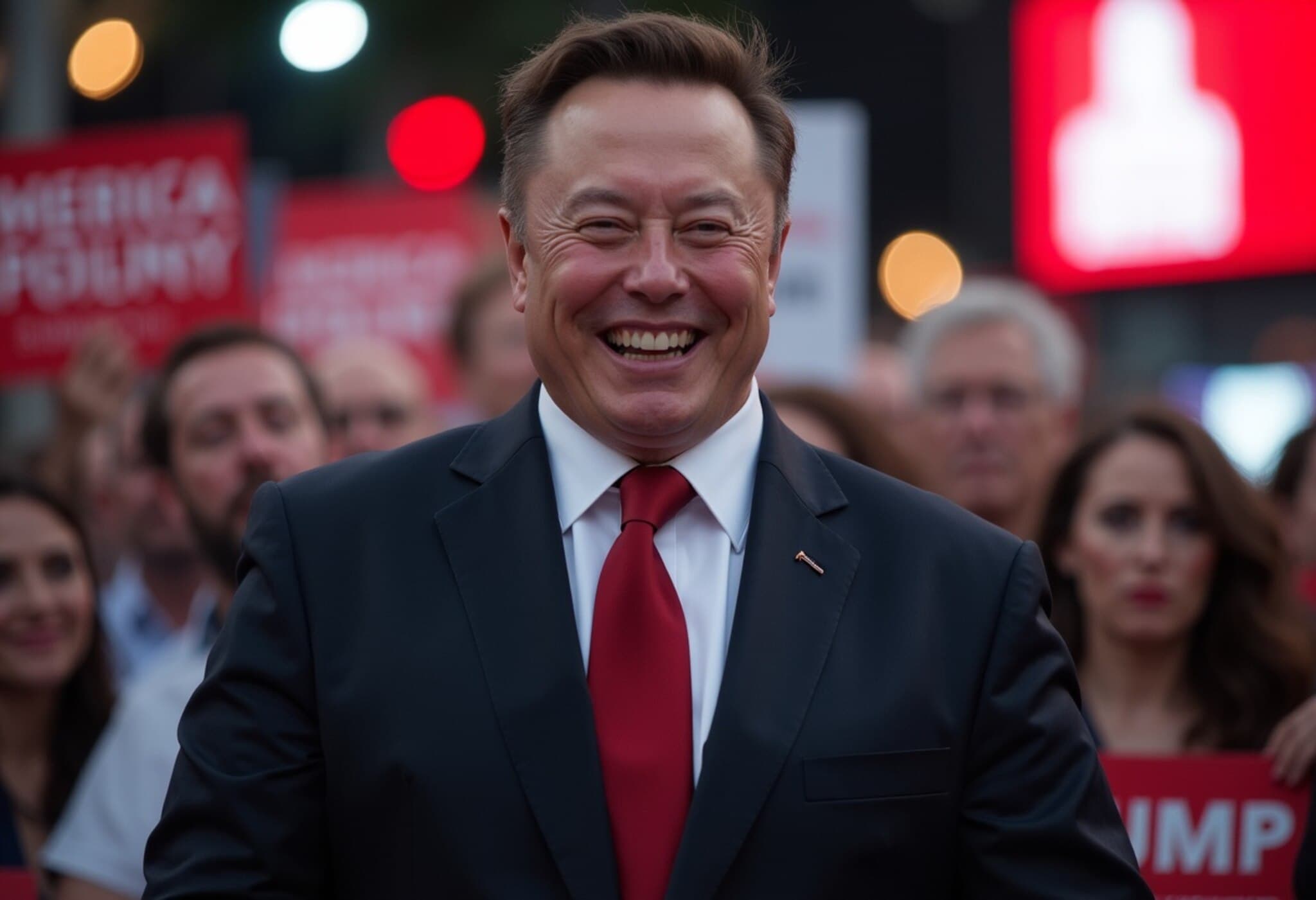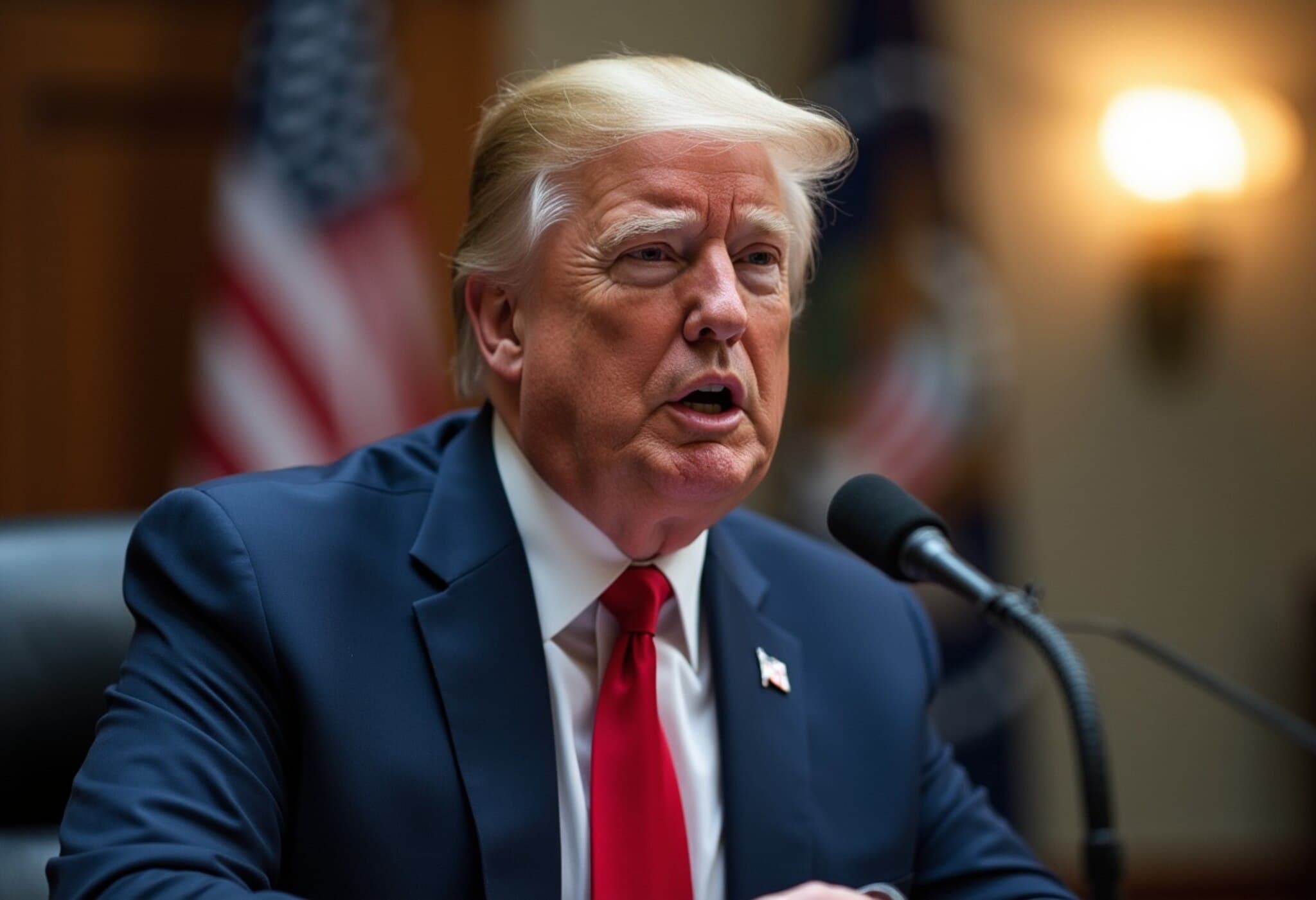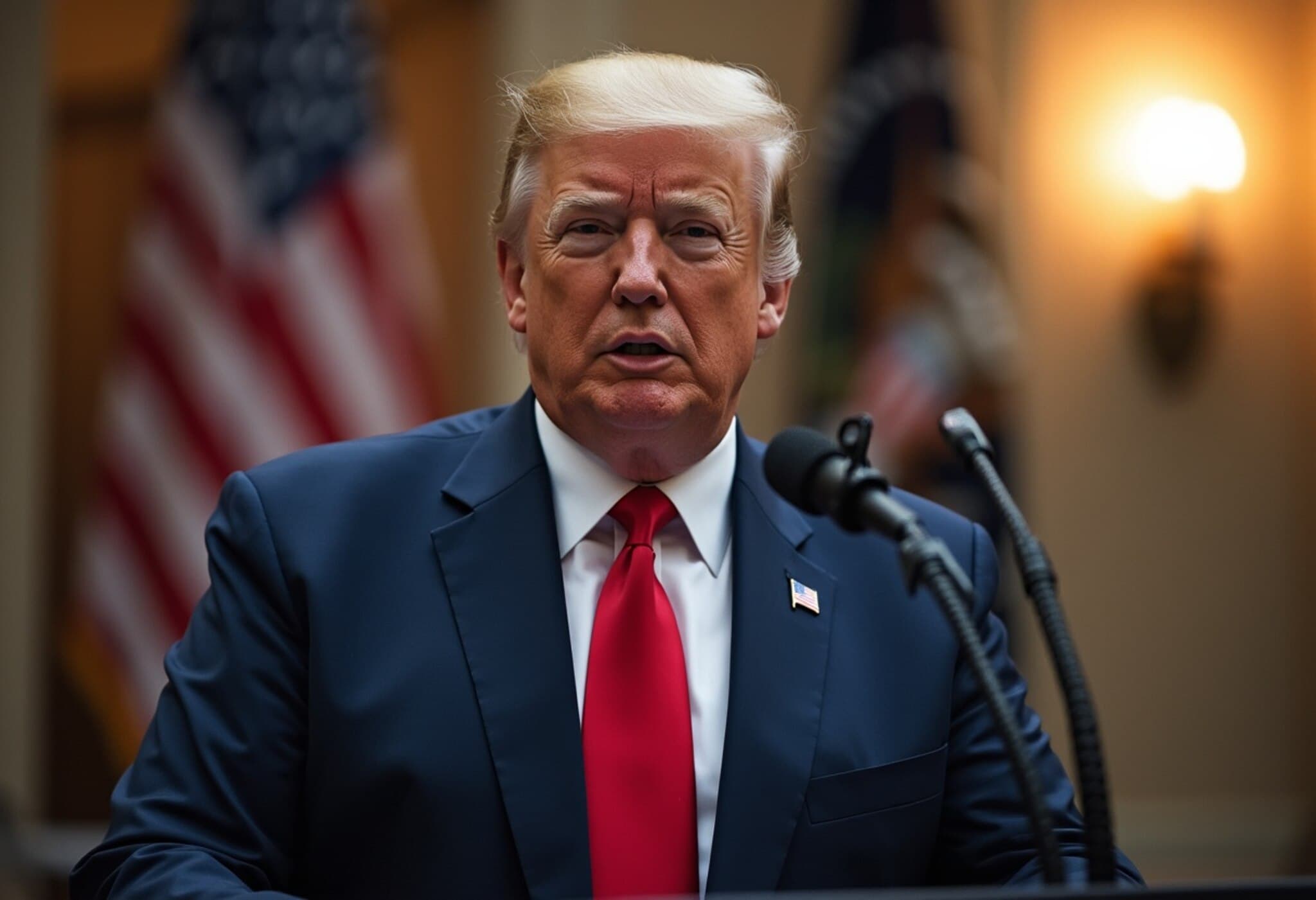Controversy Erupts Over Smithsonian’s Removal of Trump Impeachment Exhibit
In a move stirring public debate and political scrutiny, the Smithsonian Institution, which oversees the National Museum of American History in Washington D.C., has come under fire for removing a key exhibit panel detailing the impeachment of former President Donald Trump during his first term in office. This decision has ignited accusations of political influence and censorship amid an already polarized climate surrounding Trump's legacy.
Smithsonian Responds: No Political Pressure Involved
The Smithsonian Institution swiftly denied any allegations that political pressure from the White House influenced the removal. In an official statement released on August 3, 2025, the Institution clarified that the removed placard was a temporary display that fell short of the museum's presentation standards.
"The placard was not consistent with other sections of the exhibit," the statement explained, "and it obstructed views of surrounding artifacts. For these reasons related to appearance, location, and timeline consistency, it was removed."> Moreover, the Smithsonian emphasized, "We were not asked by any Administration or government official to remove content from the exhibit."
The Institution assured the public that an updated, comprehensive section on all U.S. presidential impeachments would be introduced soon, aiming for historical accuracy and contextual balance.
Media Reports and Political Repercussions
The controversy erupted following a report by The Washington Post, which alleged that the removal was a result of a content review supposedly initiated amid White House pressure after the dismissal of an art museum director. This report, citing anonymous sources, suggested political motivations behind the decision – an assertion firmly rejected by the Smithsonian.
The removal led to a factual inaccuracy where the exhibit suggested only three presidents had faced serious removal threats, excluding Trump's two impeachments and thereby rewriting a contentious chapter of recent American history.
Political Voices React
- Senate Democratic Minority Leader Chuck Schumer criticized the move, stating, "You can run, but you cannot hide from the judgment of history."
- He added, "No matter what exhibits you try to distort, the American people will never forget that you were impeached – not once, but twice."
These comments highlight the broader concern about historical narrative control and political influence over cultural institutions.
Context: Trump’s Cultural Agenda and Historical Impeachments
Since beginning his second presidential term, Donald Trump has made efforts to extend his influence over multiple American institutions, including cultural, media, and political bodies, under his "Make America Great Again" agenda.
Notably, in March 2025, Trump signed an executive order aiming to eliminate "improper ideology" from Smithsonian properties and to restrict funding for exhibits deemed divisive or unaligned with shared American values. This directive has raised concerns among historians and cultural experts about censorship and politicization of historical narratives.
For context, Trump remains the third U.S. president to be impeached, following Andrew Johnson and Bill Clinton, but uniquely, he was impeached twice during his first term—in 2019 and again in 2021—though acquitted by the Senate on both occasions. Former President Richard Nixon narrowly avoided impeachment by resigning amid the Watergate scandal in 1974.
What This Means for American Historical Memory
The removal of the impeachment display sparks a critical conversation about the stewardship of history within nationally significant institutions like the Smithsonian. Museums serve not only as repositories of artifacts but also as storytellers shaping collective memory. When political pressures threaten to shape these narratives, it raises questions about who controls the historical record and how future generations will understand pivotal events.
As the museum prepares to revise its exhibits, experts emphasize the need for transparency and independence in curatorial decisions, ensuring that complex histories—including politically contentious ones—are presented with accuracy and integrity.
Looking Ahead: Transparency and Historical Integrity
The Smithsonian has committed to updating its impeachment section to encompass all instances in U.S. history, reflecting a more complete picture. This upcoming revision will be closely watched as a litmus test for balancing political sensitivities against educational responsibility.
Key Takeaways:
- The Smithsonian removed a temporary Trump impeachment display citing presentation standards, denying political interference.
- Media reports allege White House pressure influenced the decision, which the Institution refutes.
- The incident fuels wider debate on political influence over cultural institutions and historical narrative control.
- The Smithsonian plans to update the exhibit to fairly represent all presidential impeachments.
Editor's Note
This controversy around the Smithsonian’s exhibit removal transcends partisan politics—it raises essential questions about the preservation of historical truth amid contemporary political currents. As institutions tasked with educating the public, museums must navigate pressures without compromising factual integrity. The unfolding response will serve as an important indicator of how America confronts its complex past—especially in an era when historical narratives are increasingly contested.
Readers are encouraged to reflect on the role of museums in democracy: How do we ensure that history presented is comprehensive, nuanced, and free from political revisionism?

